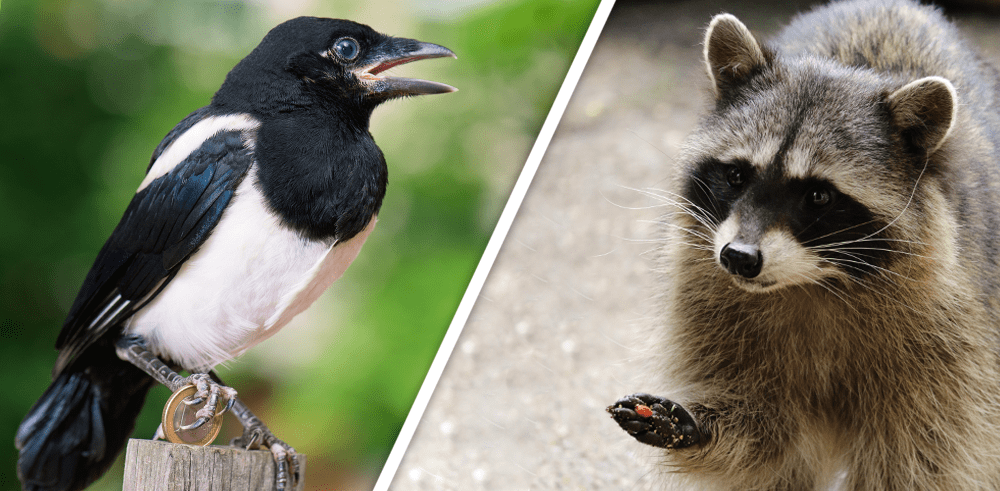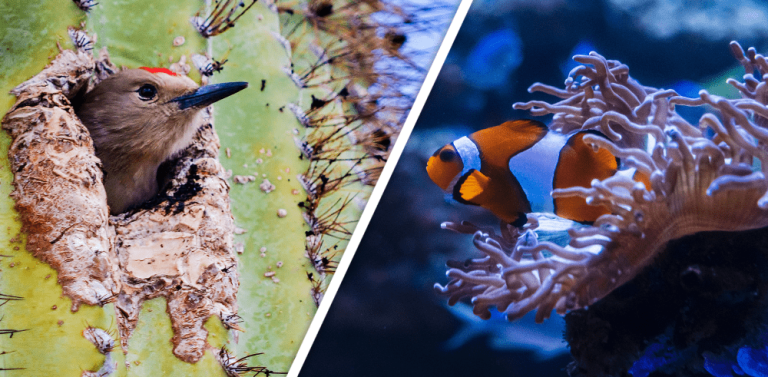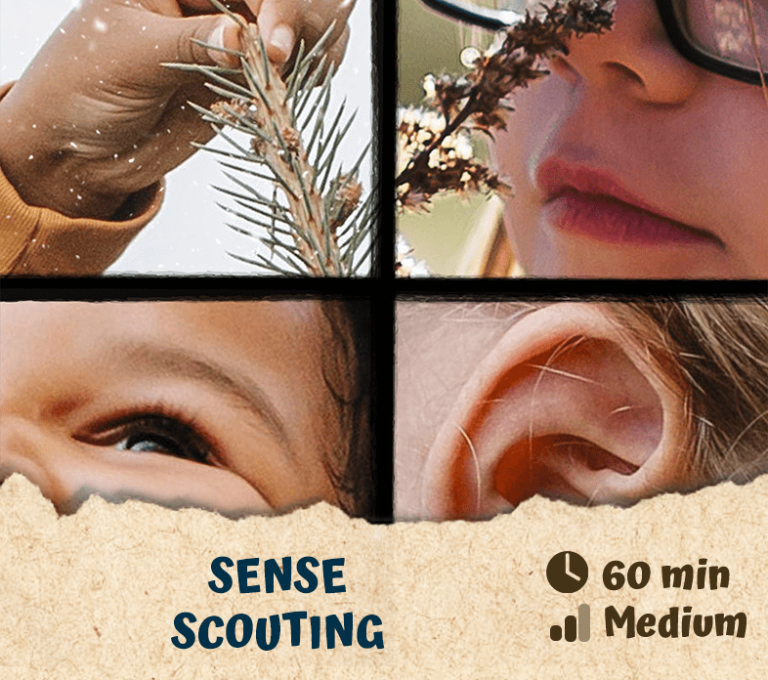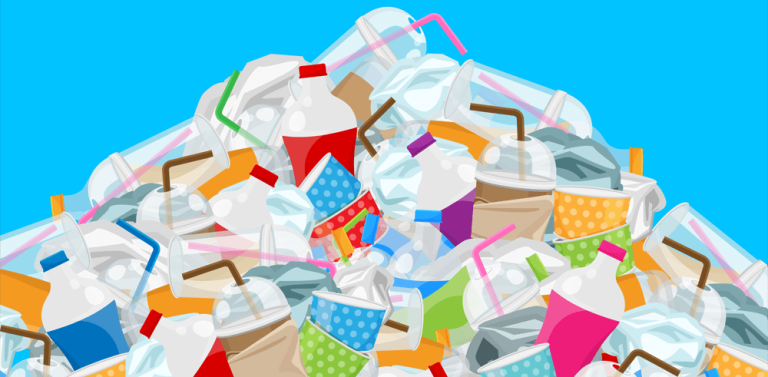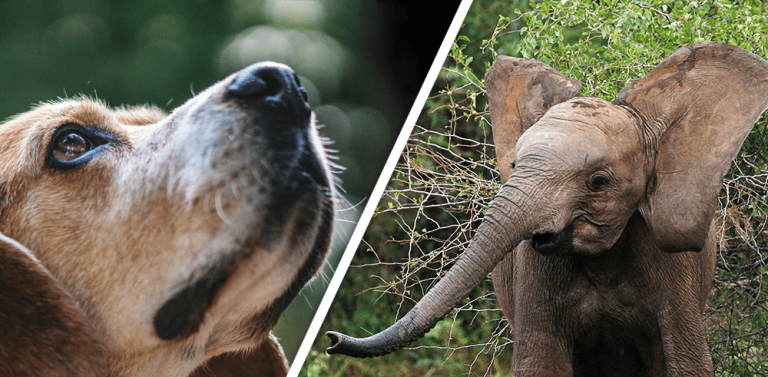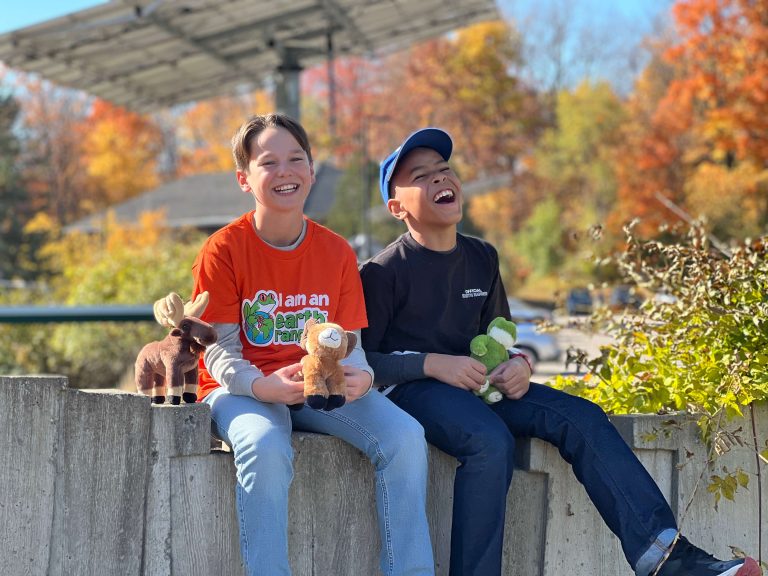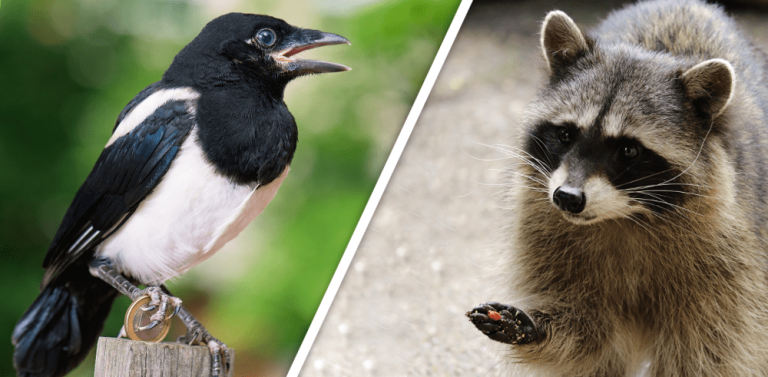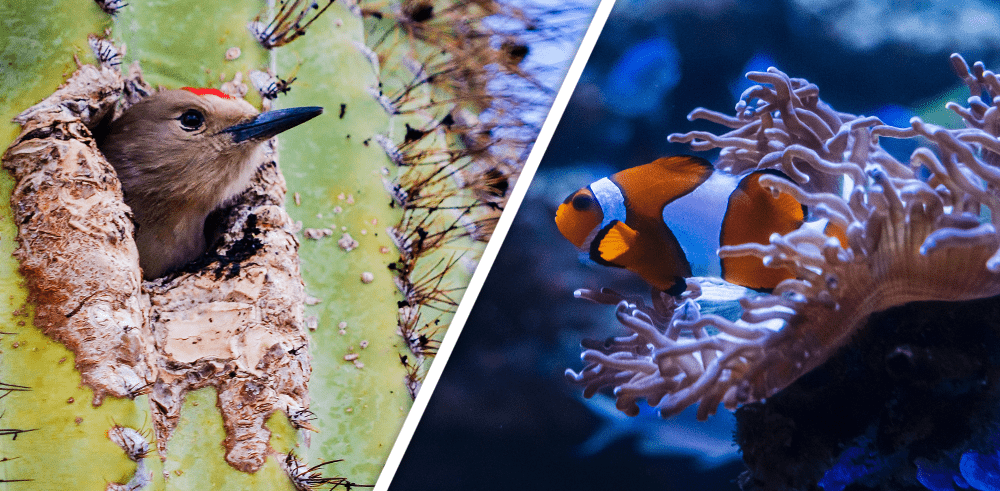
Pixel Puzzler #20: Part 1
Let’s put your identification skills to the test! Can you figure out what is hidden in this picture? Make your guess in the comments.
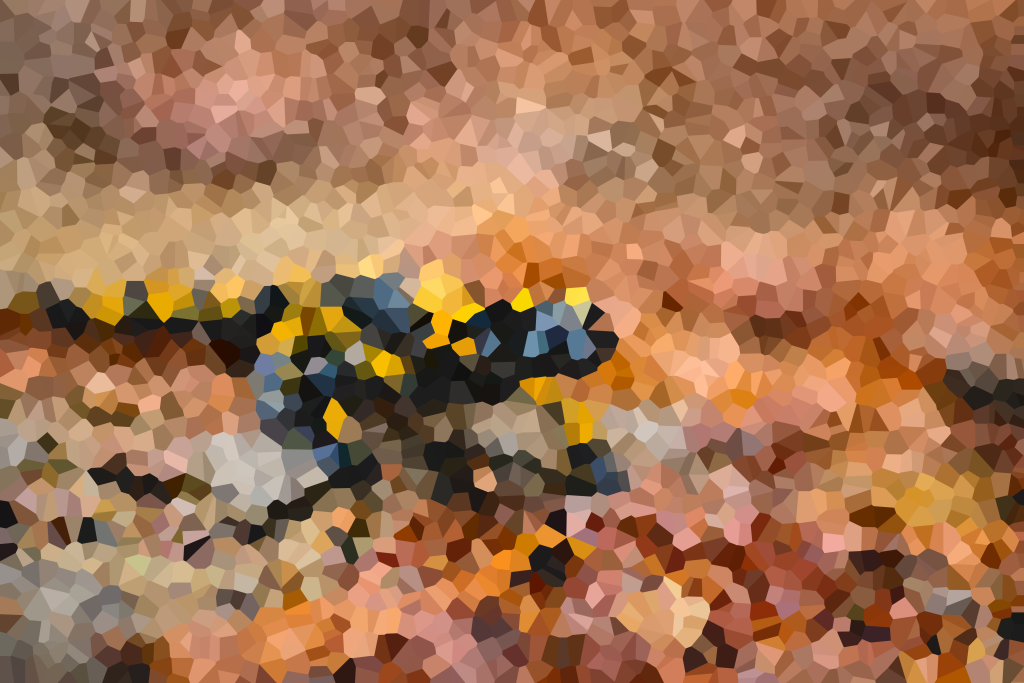
Check back next week for the answer!
Tap here for more cool stuff like this!
Sense Scouting
Sense Scouting
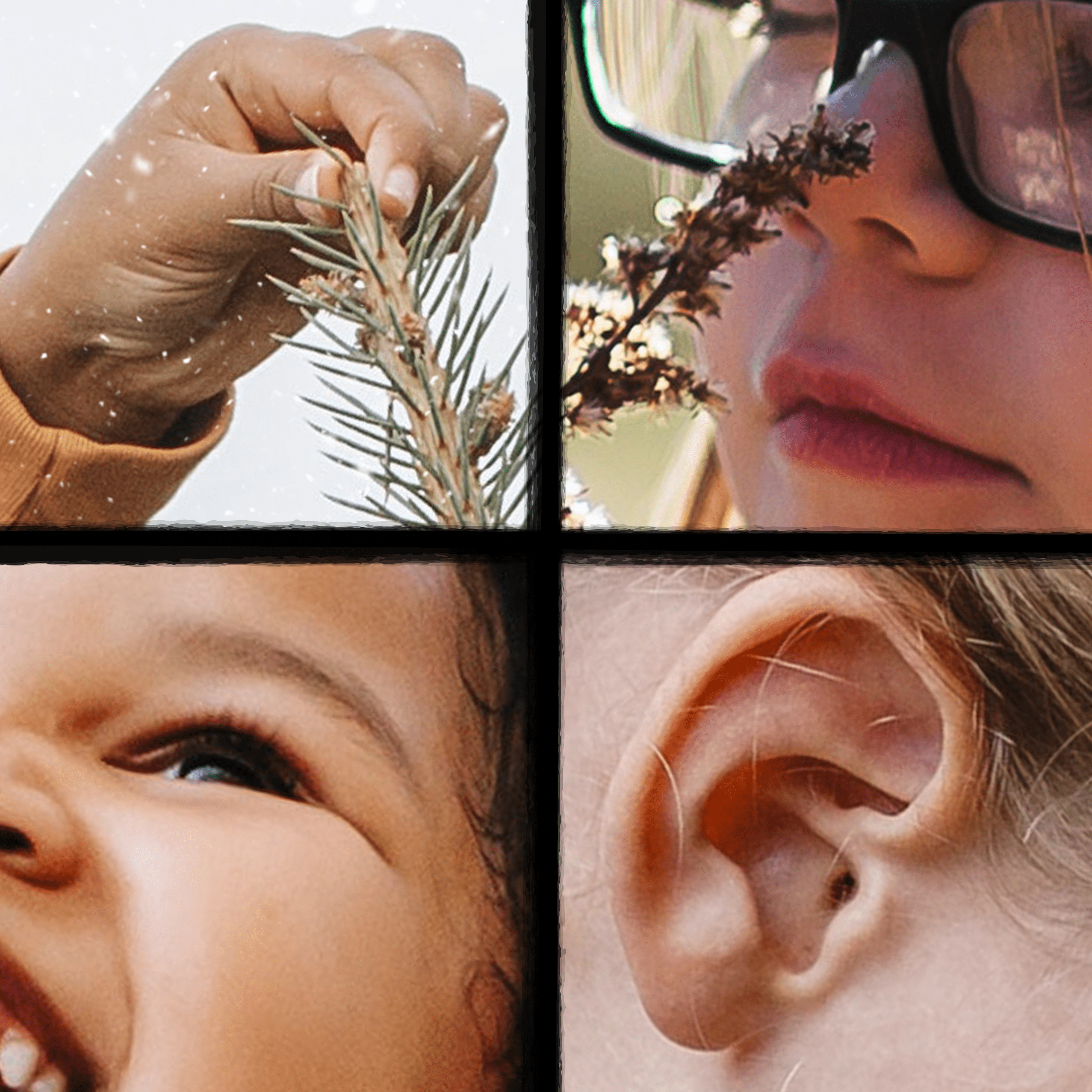
Ready to keep your eyes peeled, lend an ear, and try your hand at sense scouting? Each season has its own surprises—even winter! Just head outside and see what you discover!
- A notebook or paper to take notes
- Something to write with like a pencil, pen, or marker
- Your favourite outdoor space
- Friends or family to join you on your sense scouting adventure
Here’s how you do it:
Step 1:
Make your way to your favourite outdoor space. It could be your local park, a walking trail, a beach, or even your backyard!
Step 2:
Spend some time paying attention to your senses. What do you hear, see, smell, and feel on your adventure? You can try all of these senses or just pick one or two to focus on.
Step 3:
Now that your senses are tingling, take notes on what you experience! You can follow our useful checklist or make your own:
□ Are there any wild animals you hear? What kind are they?
□ What smells stand out where you’re walking?
□ What traces of wild animals do you see? Is there anything they left behind?
□ Are there any interesting objects you pick up or touch? What do they feel like?
Tip:
Make sure to respect nature while you’re on your adventure. Don’t take anything you find home with you. If you move something, make sure you put it back.
When you’re done your adventure, come back and let us know how it went!

How long till it’s “gone”?
Have you ever noticed that plastic is everywhere? It’s in lots of things we use every day, from our toothbrushes and shampoo bottles to our binders and chairs. Plastic sure seems handy, doesn’t it? Well, not everything is as good as it seems!
The problem with plastic is that it takes a really (we mean REALLY) long time to break down. And when it finally does, it doesn’t actually disappear. It just breaks down into smaller and smaller pieces called microplastics, which then get into the air, our water, and our food.
See if you can guess how long each plastic item takes to break down into microplastic!
Join the Rangers vs. Plastics Challenge and help us kick plastic waste out of the game for good!

When you join this challenge, you will do things like…
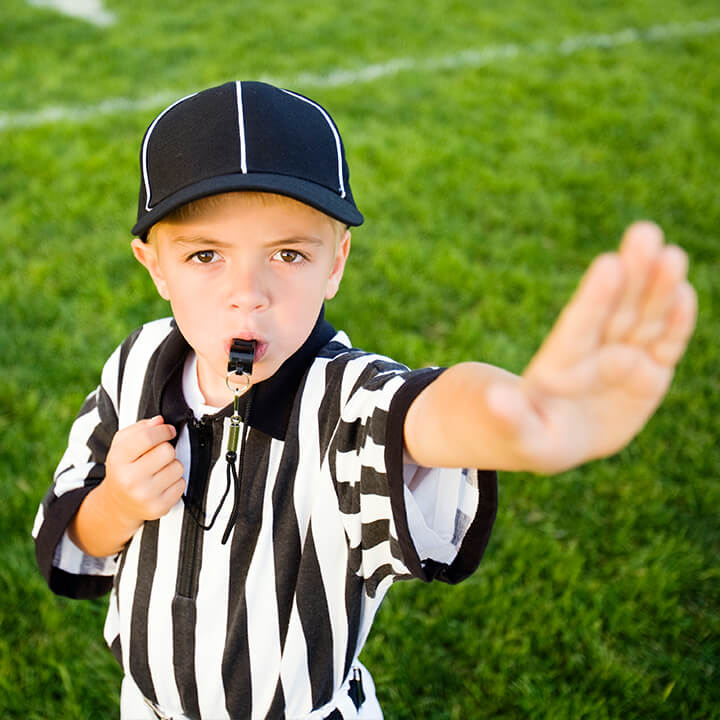
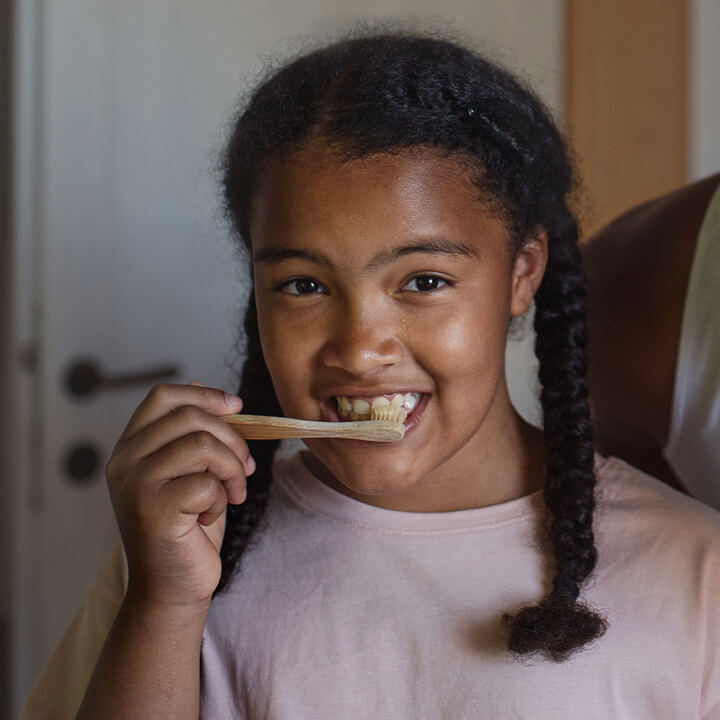
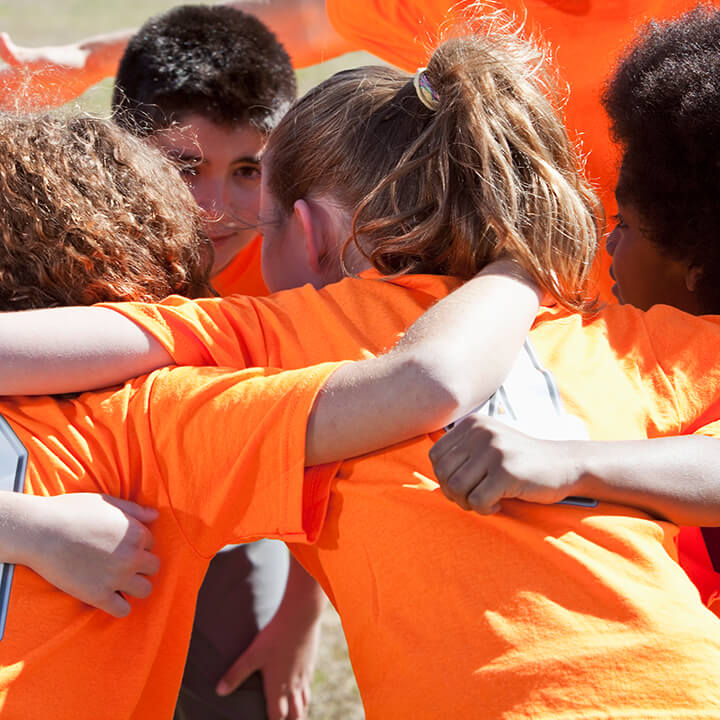
Look for it in the Challenges section of the Earth Rangers App.
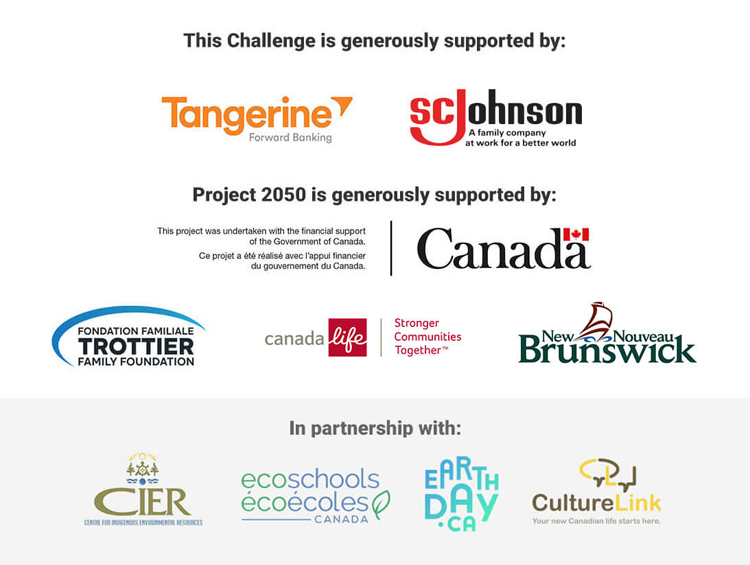
Would you Rather #30
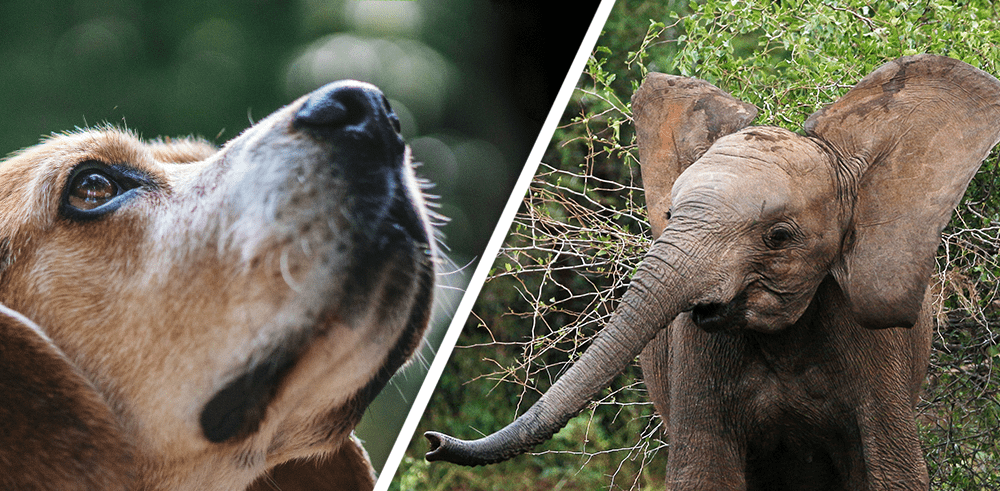
Would you rather have…
A super sense of smell like a dog or super hearing like an elephant?
Tell us which one you pick in the comments!
More “Would You Rather” Questions!
Pixel Puzzler #19: The Great Reveal
We’ve gotten tons of great guesses on Part 1 of this Pixel Puzzler and now it’s time for the answer. Are you ready for the great reveal? Find out if you got it right!
The answer to this Pixel Puzzler is (drum roll please) ants! How did you do? Tell us in the comments!
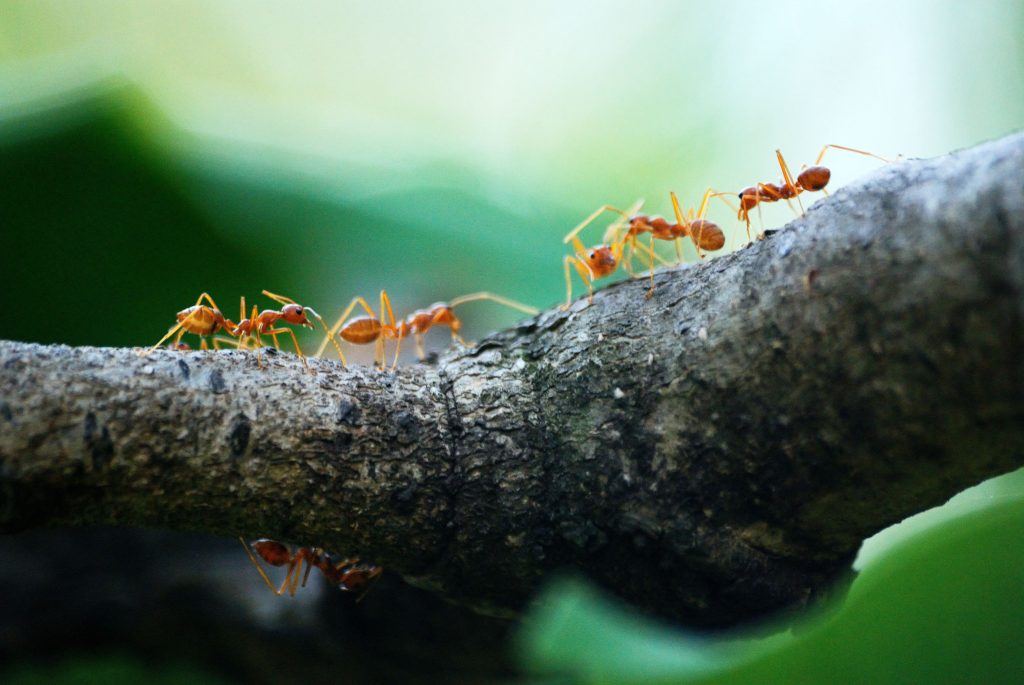
Tap here for more cool stuff like this!
Egg Carton Fish
Egg Carton Fish
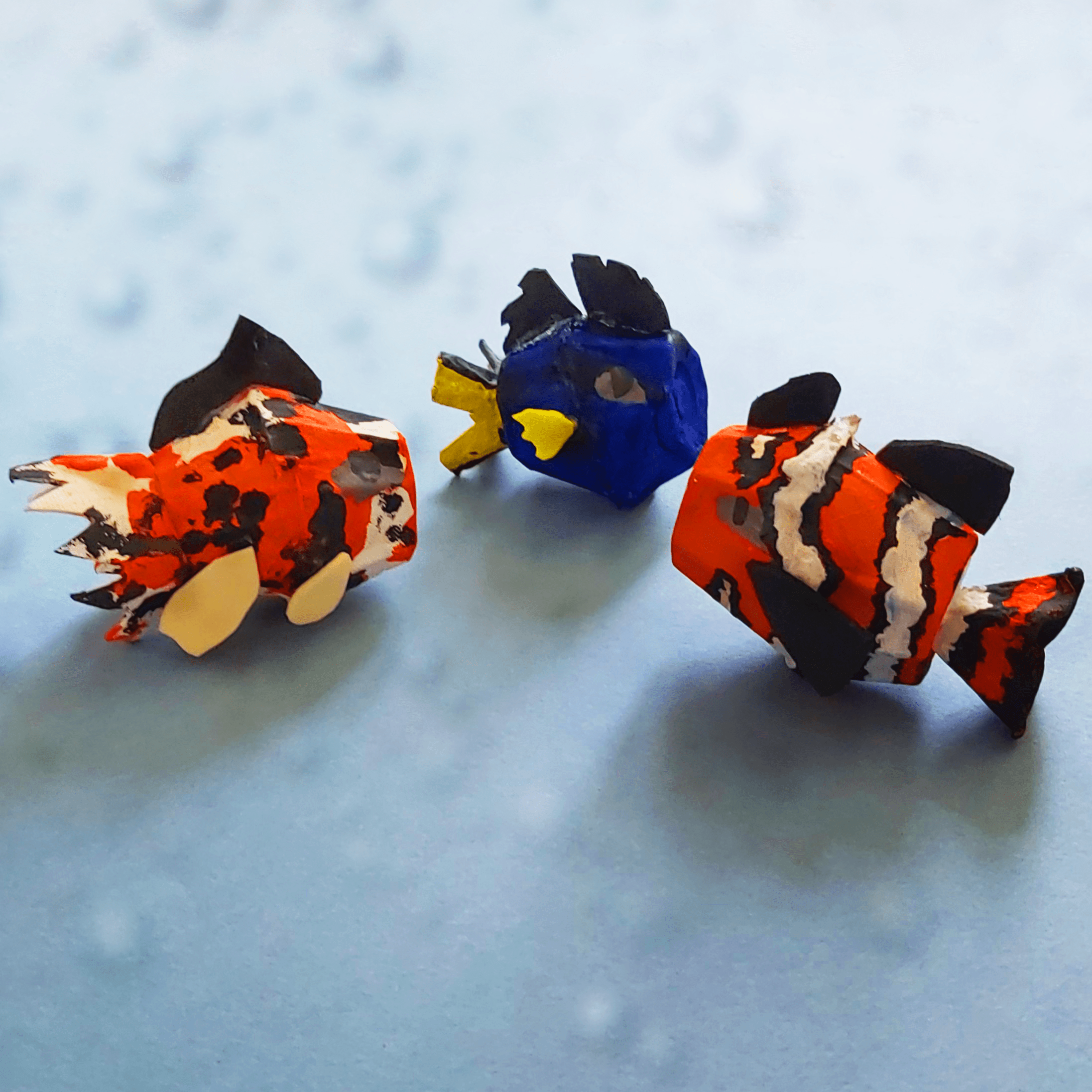
You betta believe we’ve got a great way to upcycle you old egg cartons! Here’s how you can turn them into your very own ex-squid-sit fish friends!
Here’s what you need:
- An egg carton
- Scissors
- Glue
- Paint
- Craft foam or colorful paper
TIP: If you don’t have either of these, you can paint some cardboard or scrap paper instead!
Here’s how you make it:
Step 1: Cut three cups out of your egg carton for each fish you want to make.
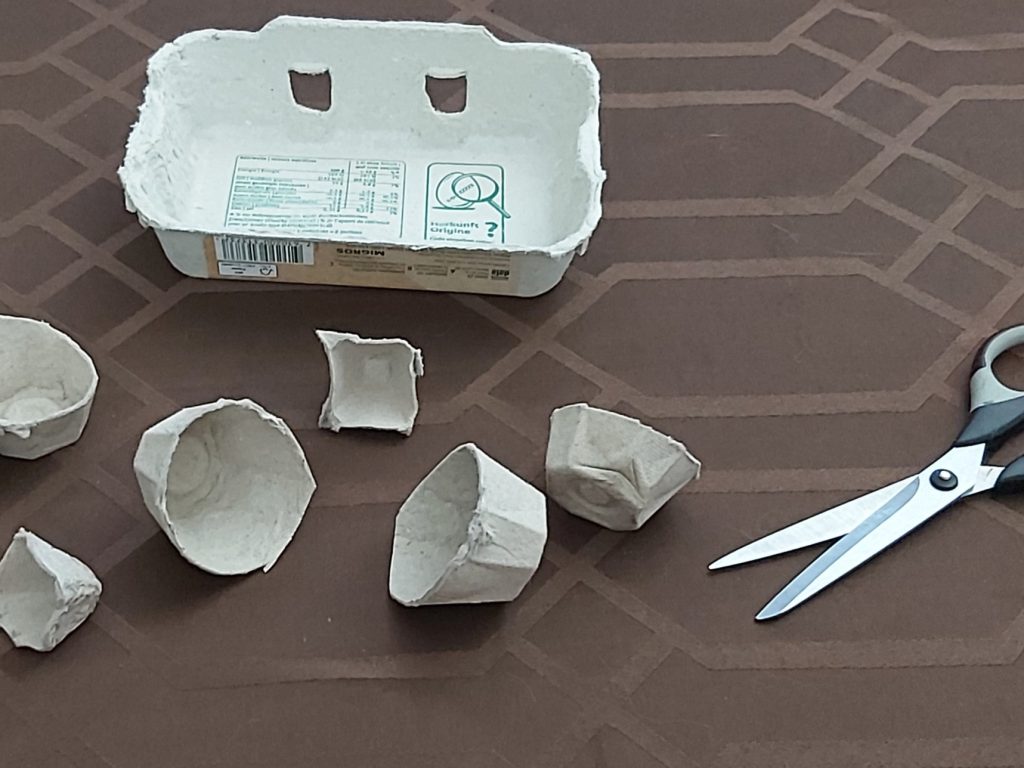
Step 2: Glue the rim of two cups together to create your fish’s body.

Step 3: Now your fish needs a tail! Give it one by gluing the bottom of a cup to the bottom of its body.
TIP: You can spice things up by cutting a cool design into the tail.
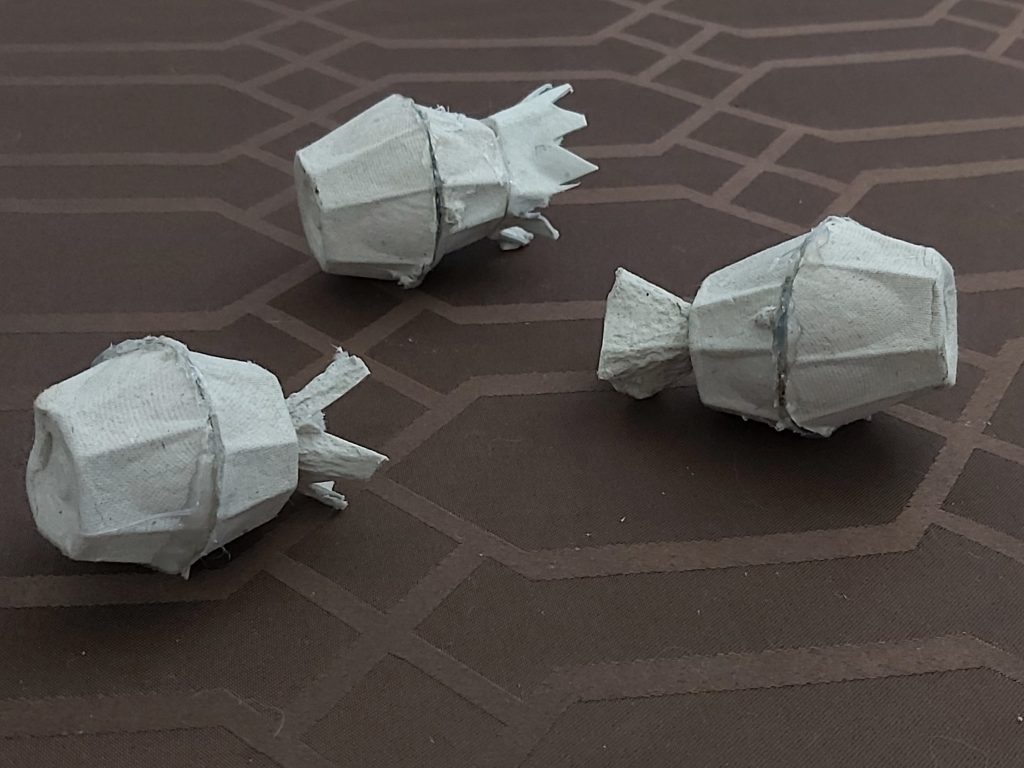
Step 4: Time to paint your fish! What kind of pattern do you want to give it? Don’t forget to give it eyes!
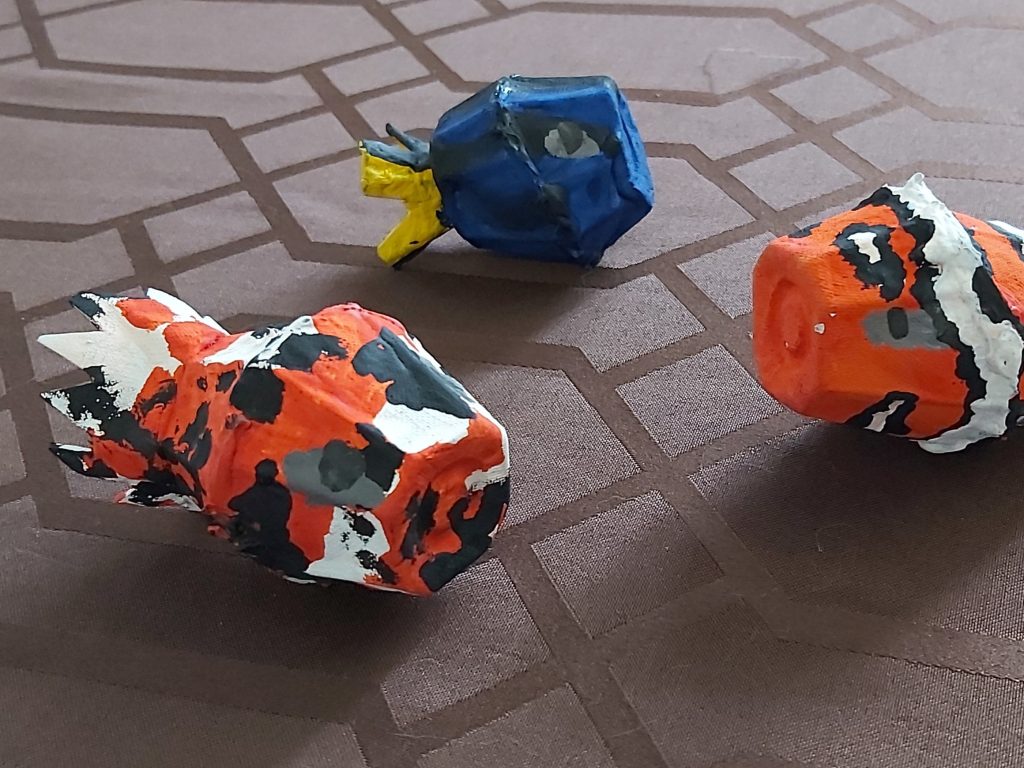
Step 5: Once the paint is dry, you’ll need to add your fish’s fins! Cut little triangles from your foam/paper and glue them to the top, bottom, and sides of your fish.
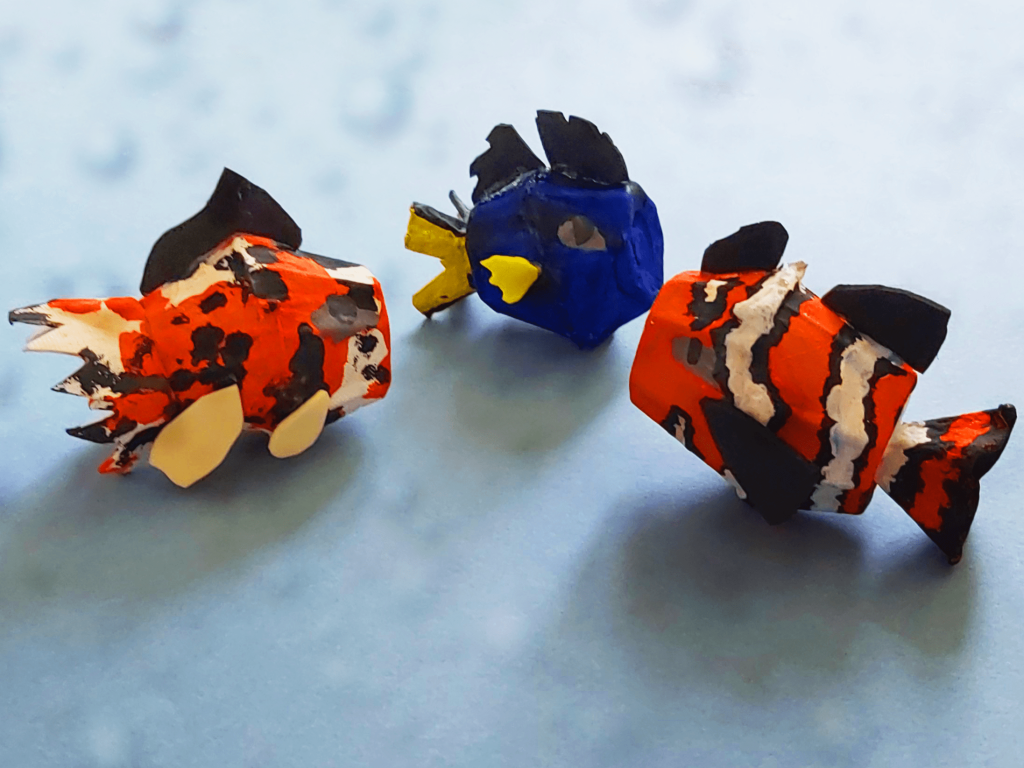
There you have it! You’ve got your own fin-tastic fish!
It’s official! Earth Rangers expands into the US
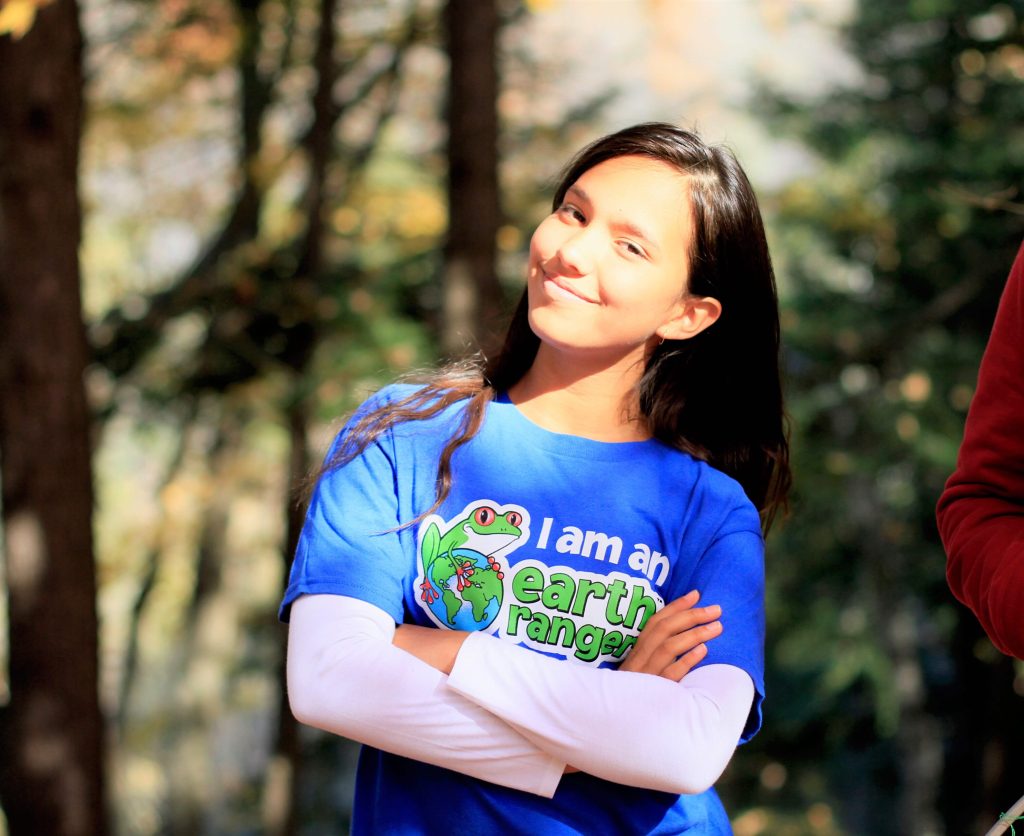
Animals aren’t restrained by borders and now neither are their protectors – Earth Ranger kids. With over 350,000 members across Canada, the organization that empowers children to be environmental leaders in their communities is now available in the US!
For more than 20 years, Canadian kids have stepped up to help the animals they love by becoming Earth Rangers. But there’s so much more to do. With concerns growing over climate change and biodiversity loss, the need for positive, action-oriented programs like Earth Rangers, has never been more important or in demand. That’s why we’re expanding into the United States.
Our mission is simple but powerful; to create a generation of conservationists. And our research shows that we’re doing just that. Earth Ranger members have demonstrated higher rates of environmental knowledge, actions and are more hopeful about the future.
Getting started
It’s super easy! Just download the app, fill out the member registration form and your child’s Earth Rangers journey begins. After signing up, each child will receive their own personalized membership card and welcome package in the mail (but you don’t have to wait for the card to start using the app). Teenagers have proudly told us years later that they still have their personalized cards. Kids love them!
As members, kids can build their avatar and start exploring. There’s so much to do! Creative corner is loaded with games, quizzes, crafts and outdoor fun. Kids will also find podcasts, daily trivia, animal videos, habitat facts, and so much more. Earth Rangers work together towards community goals when they participate in environmental challenges and complete Missions that help protect animals and the environment.
What Are You Waiting For?
There is strong evidence that helping our children discover their ability to act on environmental challenges leads to hope, optimism, and a brighter outlook for the future of the planet. We can’t wait to meet more curious minds and superheroes. As always, capes are optional!
TIMBER! The Beaver is Here
Meet the dentist’s favourite animals. Beavers’ teeth are super sharp and super strong. The average beaver cuts down about 216 trees per year and can take down trees with a diameter of up to 40 centimetres without even a toothache. They can even cut twigs underwater!
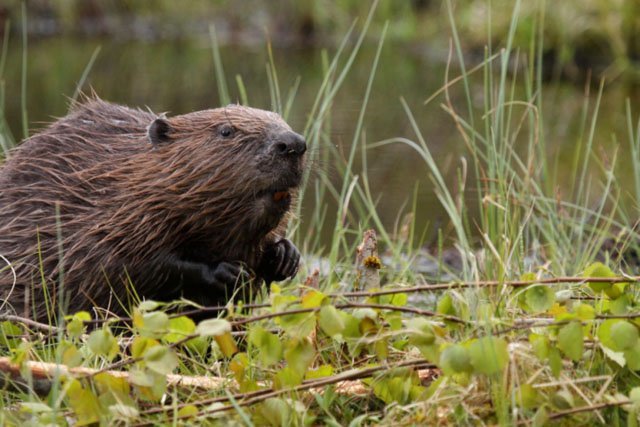
Would you Rather #29
